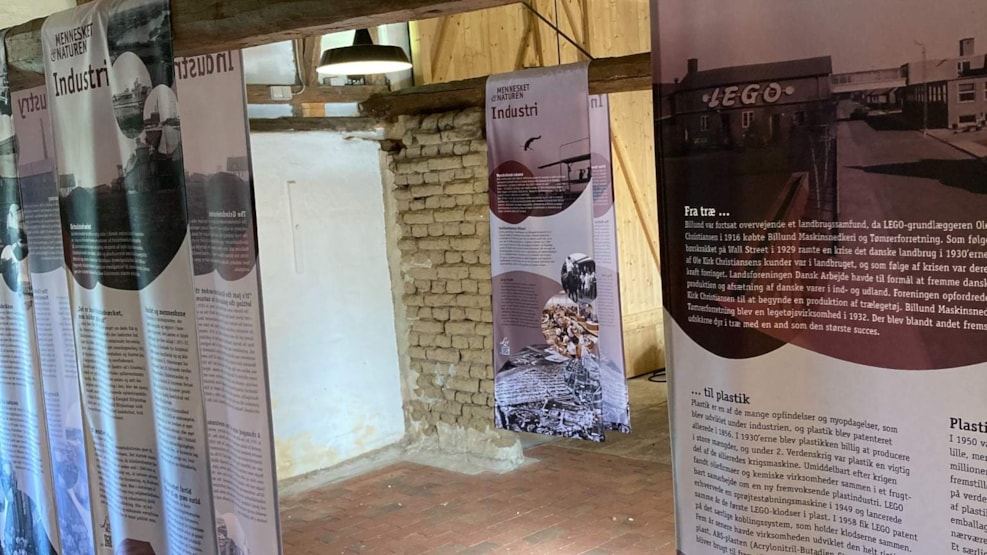
MARK: Mankind and Nature
Come along to the Mark Museum. Out to the area that was once an extensive heathland.
Here, nature and the climate were fierce adversaries. The struggle for survival was part of life. If you had a good harvest, there was food on the table. If the harvest failed, your family’s life was in jeopardy. In the early 1600s, the average life expectancy was about 40 years, and for the vulnerable, it was likely even lower.
In the exhibition 'Man and Nature,' you will meet meadow farmers and heath farmers, as well as scavengers, who were at the bottom of the social hierarchy. Scavengers lived on the fringes of society, handling all the dirty tasks. The ones farmers considered unclean and dishonest, such as skinning dead animals and emptying latrines at night.
The exhibition traces how nature’s impact on our lives has changed from the 1600s to today. It tells the story of how society has evolved from an agricultural nation, through the industrial age, to today’s knowledge society, where we have begun to exploit nature’s resources on a large scale. This development has brought greater wealth and prosperity to both rural and urban areas, and a lifestyle has emerged where people embrace organic living, seek authenticity, and 'dream of returning to nature.' This idea would have been absurd to a scavenger of the 1700s, living in a primitive hut dug into the side of a hill on the heath, with a crude front wall of wood and glass and peat as internal walls.
Today, we focus on protecting nature. We aim to clean up the mistakes of the past. This is also necessary if we are to tackle the climate crisis. The equation has reversed. Now, it is us who threaten nature, and we do so with our lives at stake.